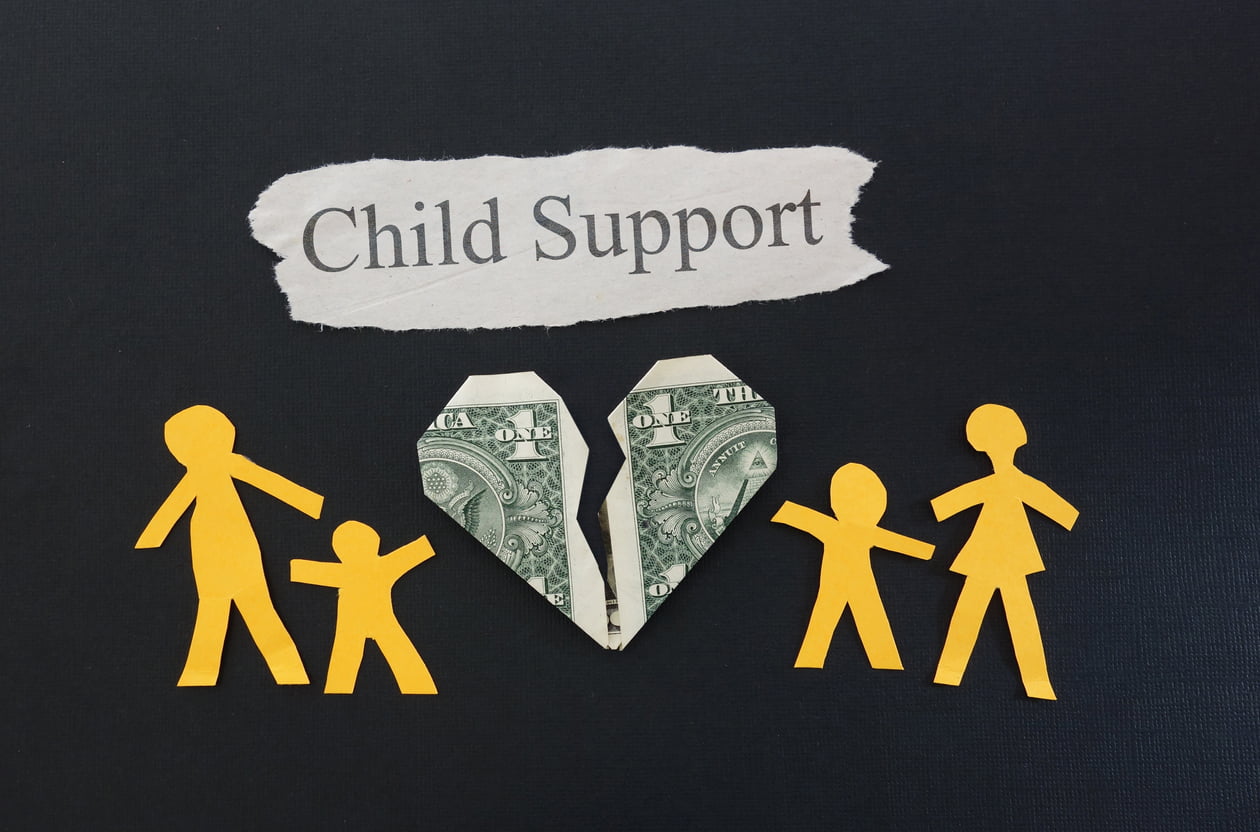Child support is a crucial aspect of family law in Australia, aimed at ensuring the financial well-being of children whose parents have separated or divorced. The Australian government has established a comprehensive system to facilitate the fair distribution of financial responsibility between parents for the upbringing of their children. In this article, we will delve into the intricacies of child support in Australia, exploring the legal framework, calculations, and the rights and responsibilities of parents.
Legal Framework
The child support system in Australia is primarily governed by the Child Support (Assessment) Act 1989 and the Child Support (Registration and Collection) Act 1988. The Department of Families, Fairness and Housing (DFFH) administers the Child Support Program through Services Australia. These laws and regulations outline the rights and responsibilities of parents, the methods for calculating child support payments, and the enforcement mechanisms in place to ensure compliance.
Calculation of Child Support Payments
- Assessment Process: Child support payments in Australia are typically assessed by the Child Support Agency (CSA). The assessment process takes into account various factors, including each parent’s income, the number of children, and the time each child spends with each parent.
- Income Assessment: The primary factor in calculating child support is the income of both parents. The CSA considers a parent’s taxable income, adjusted for certain deductions and tax offsets. If a parent’s income is not readily available, the CSA may use alternative methods to assess their capacity to contribute financially.
- Shared Care: The time each parent spends with the child is another crucial factor. If both parents share care relatively equally (at least 35% of nights per year), it can impact the amount of child support payable, potentially reducing the obligation of the paying parent.
- Other Relevant Costs: In addition to basic child support payments, parents can also agree or be required to share other costs related to their children, such as education, medical expenses, and extracurricular activities.
Rights and Responsibilities of Parents
- Obligation to Provide Financial Support: Both parents are legally obligated to provide financial support for their children. The primary caregiver’s financial responsibility is presumed to be met through the day-to-day care of the child, while the other parent typically pays child support to assist with additional costs.
- Maintenance of Records: Parents are required to maintain accurate financial records, including tax returns, payslips, and receipts for child-related expenses. These documents may be requested during child support assessments or disputes.
- Change in Circumstances: If there is a significant change in a parent’s circumstances, such as a change in income, the care arrangements for the child, or additional children in the household, they are obligated to report these changes to the CSA for a reassessment of child support payments.
- Mutual Agreements: Parents have the option to reach mutual agreements on child support arrangements. These agreements can cover various aspects, including the amount and frequency of payments, as well as the sharing of additional costs.
Enforcement Mechanisms
Ensuring compliance with child support obligations is crucial to the system’s effectiveness. The CSA has several enforcement mechanisms in place:
- Income Withholding: The CSA can instruct an employer to deduct child support payments directly from the paying parent’s wages, ensuring timely and consistent payments.
- Tax Intercept: If a parent falls behind on child support payments, the CSA may intercept their tax refunds and apply the funds to the outstanding debt.
- Legal Action: In extreme cases of non-compliance, legal action may be taken to recover unpaid child support. This can involve court orders, the suspension of licenses (e.g., driver’s licenses), or even imprisonment in severe cases.
Child support in Australia is a vital system designed to protect the financial interests of children whose parents have separated or divorced. It ensures that both parents share the financial responsibility for their children’s upbringing, taking into account their income and care arrangements. Understanding the legal framework, calculation methods, and enforcement mechanisms is essential for parents to fulfill their rights and responsibilities effectively while providing for the well-being of their children. It’s important to note that child support laws and regulations may evolve over time, so seeking up-to-date legal advice is recommended for anyone navigating this complex area of family law.
Contact Pentana Stanton Lawyers today for further advice about your child support obligations.



